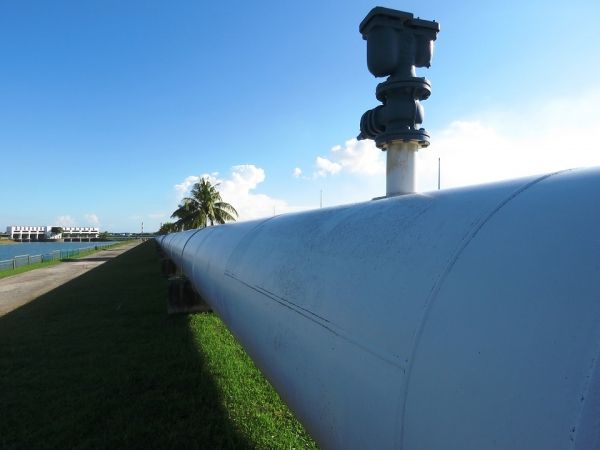The amount of methane – a greenhouse gas 30 times more potent at trapping heat than carbon dioxide over 100 years – leaking from a huge U.S. oil and gas producing region is several times greater than the federal government estimates, according to a new study led by Stanford University.
Using airborne sensors able to detect methane leaks from individual oil and gas production facilities, the researchers studied the Permian Basin in New Mexico, one of the most expansive and highest-producing oil and gas regions in the world. They estimate that more than 9 percent of all methane produced in the region is being leaked into the skies, several-fold higher than Environmental Protection Agency estimates and well above those in the published literature. The EPA puts leaks at 1.4 percent of production on a national basis.
“We surveyed almost every oil and gas asset in the New Mexico Permian for an entire year to measure and link emissions to specific anonymized facilities,” said Evan Sherwin, a post-doctoral scholar Stanford’s Department of Energy Resources Engineering and co-lead author of a new paper in the journal Environmental Science & Technology exposing the discrepancy. “It’s worse than we thought by a long shot.”
Rising Hopes
Environmental watchers and energy industry engineers fear that leaks from mines, wells, refineries, storage facilities and pipelines are vastly underreported. Until recently, however, they lacked the equipment to prove it. Now, they have it and they confirm suspicions to a degree beyond the researchers’ own expectations.
Read more at Stanford University
Photo Credit: Arulonline via Pixabay


